Legumes in dog food, such as peas, lentils, beans and chickpeas, have become a popular novel ingredient in grain-free diets. They are a good source of plant proteins and energy.
However, concerns have been raised about their potential link to a heart condition called dilated cardiomyopathy.
So, let’s talk about dog food with legumes and their risks and benefits.
Contents
What are Legumes?
Legumes are a family of plants that produces a unique type of fruit, an elongated pod that usually contains several seeds.

Many legumes have the ability to bind nitrogen through a symbiotic relationship with bacteria housed in their root nodules.
This allows legumes to produce more nitrogenous amino acids, which in turn makes them a rich source of plant proteins.

Legumes are an important part of many diets around the world. They are often used as a meat substitute in plant-based diets.
Depending on their main use in the global food industries, legumes can be divided into several groups:
- Pulses are grown for their dry seeds. Many dog foods include chickpeas, lentils, dried beans, dried peas or fava beans.
- Some legumes are considered vegetables, e.g. green beans or garden peas.
- Forage crops are mainly used for hay and silage. One ingredient of this type in dog foods is alfalfa.
- Oil seeds like soybeans or peanuts are mainly grown for oil extraction. But in dog food, they are often used as a protein source.
- Some legume seeds are used for their natural gums, e.g. locust bean gum or cassia gum
Legumes In Dog Foods
Soybean meal as a plant-based meat substitute in dog food is nothing new. Soybeans are nutritious and a staple in many commercial dog foods, whether you like them or not.
But in recent years, more and more pulses in dog food like lentils, dried peas, or chickpeas are used as novel ingredients.
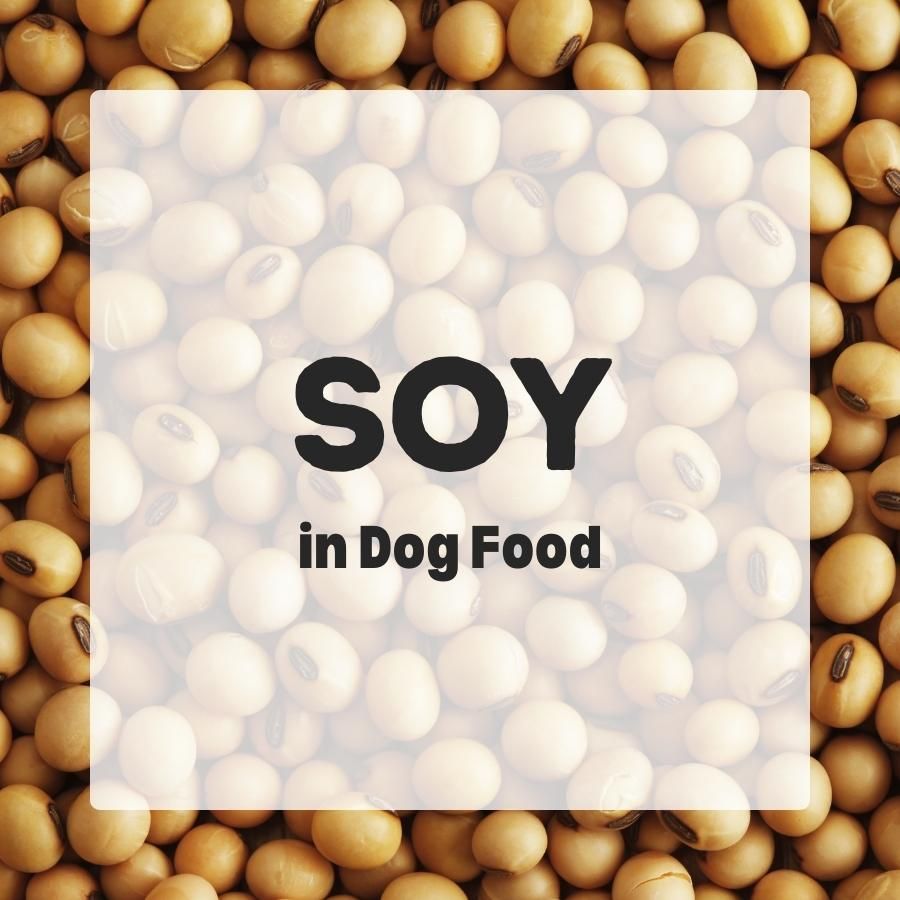

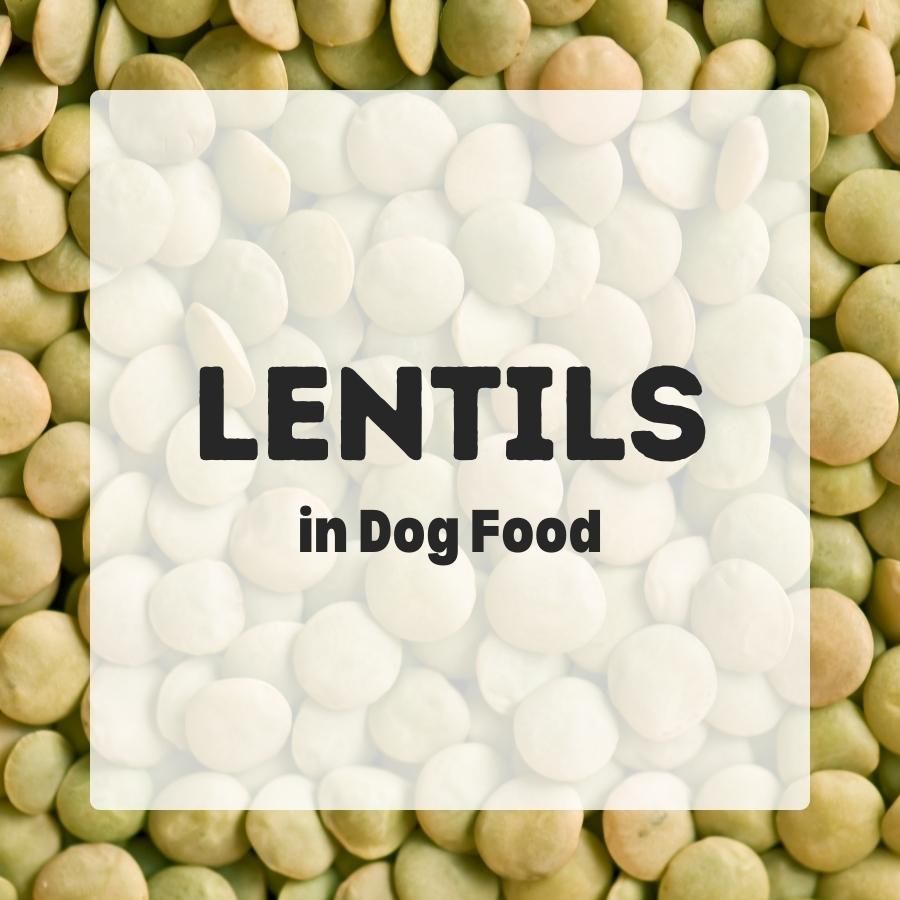
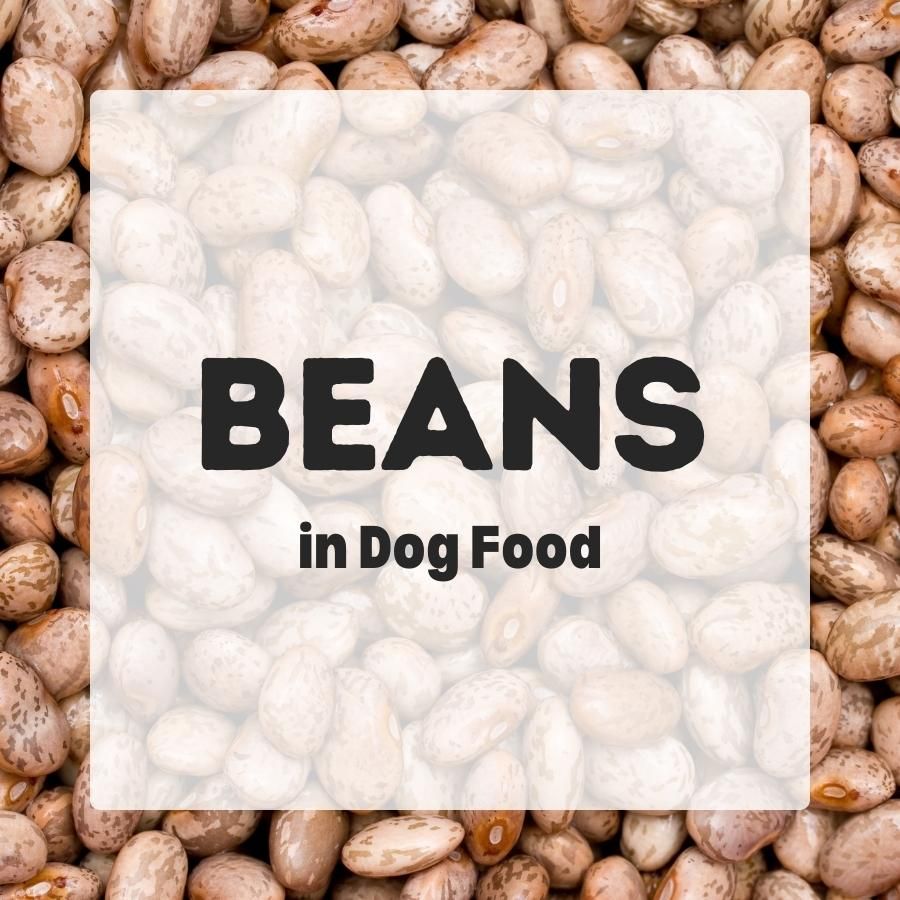
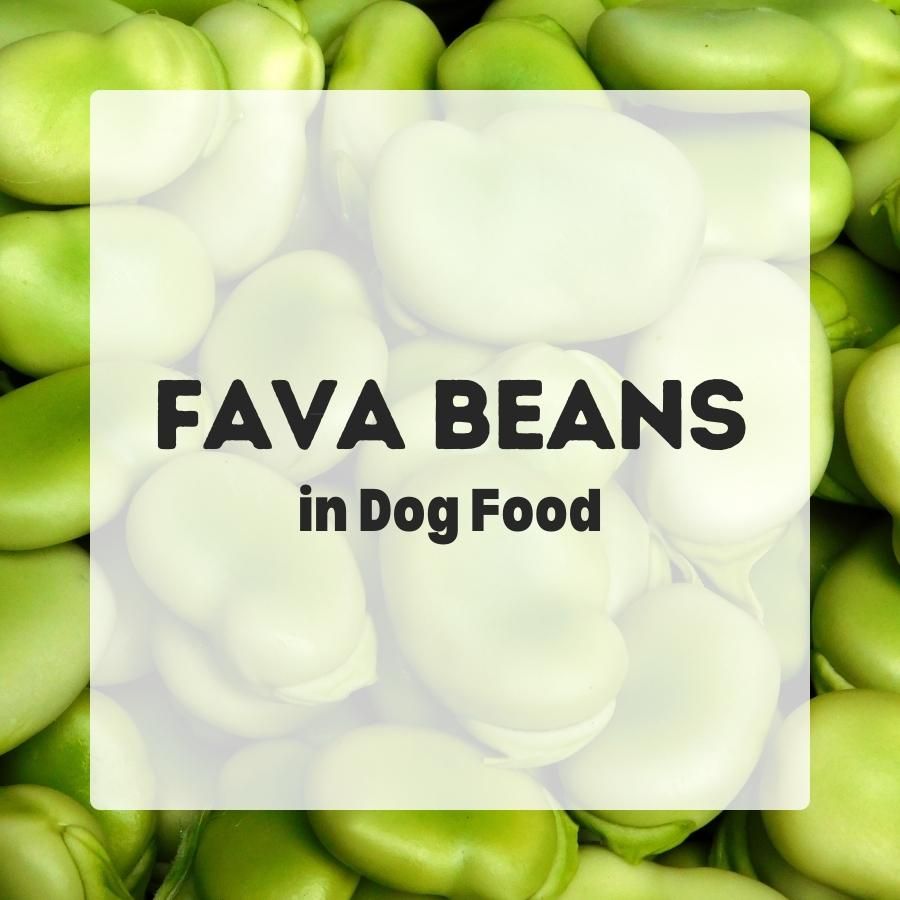
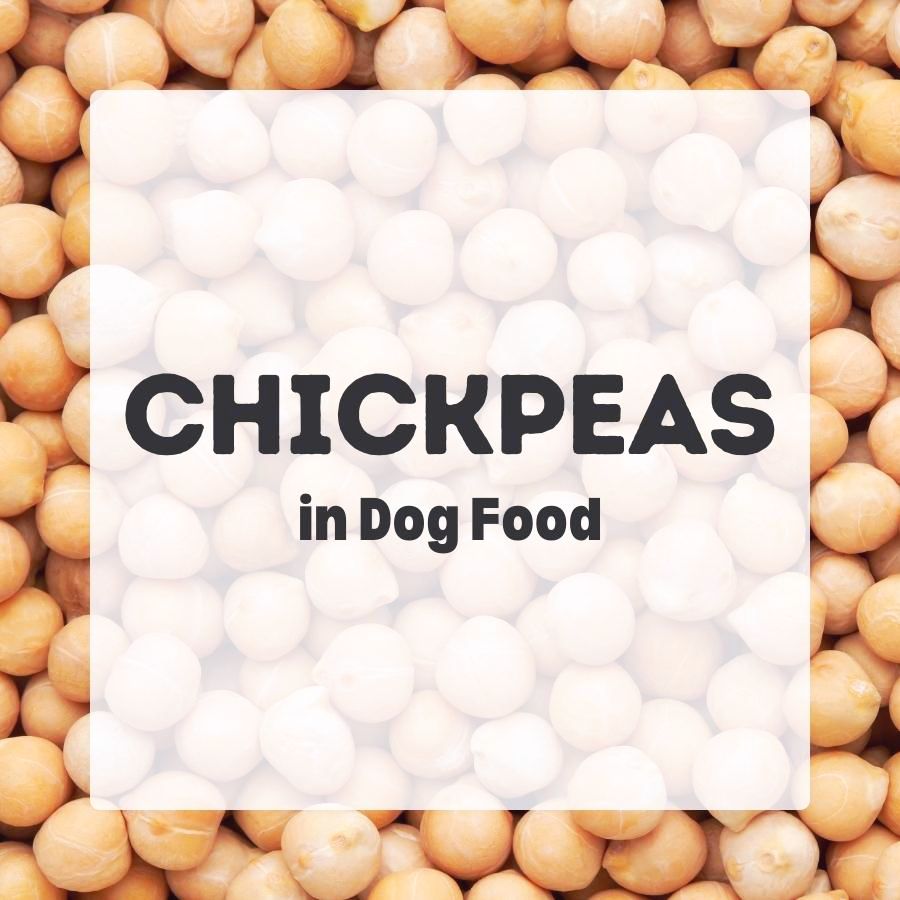
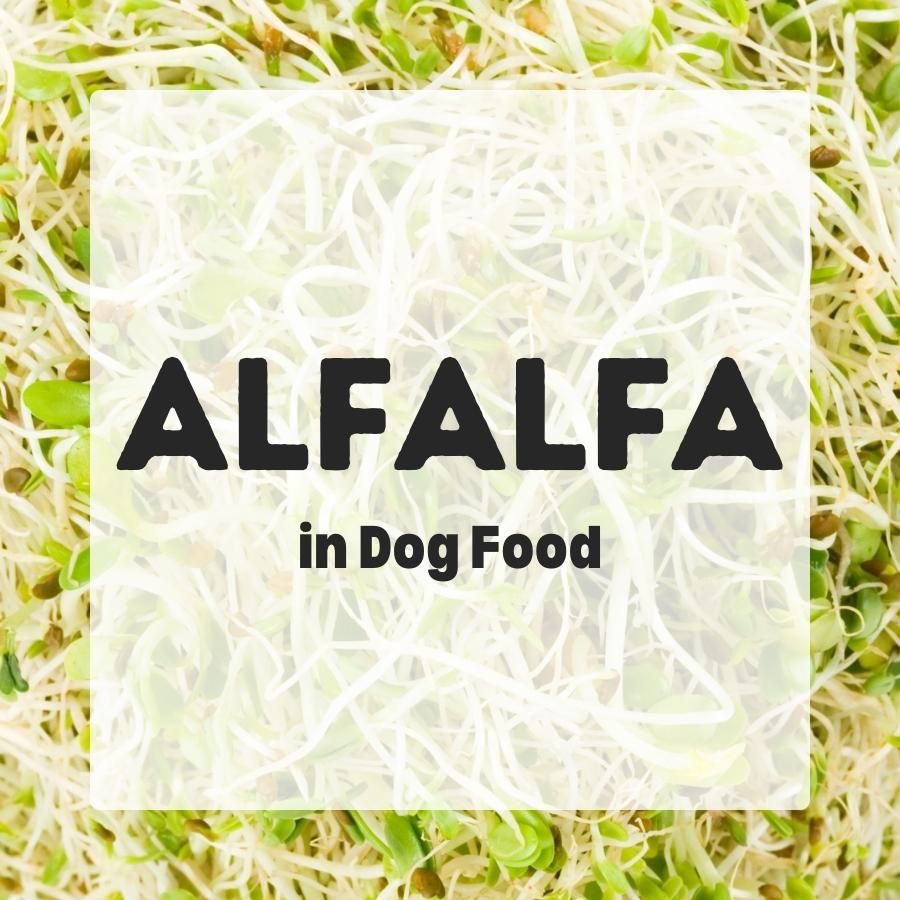
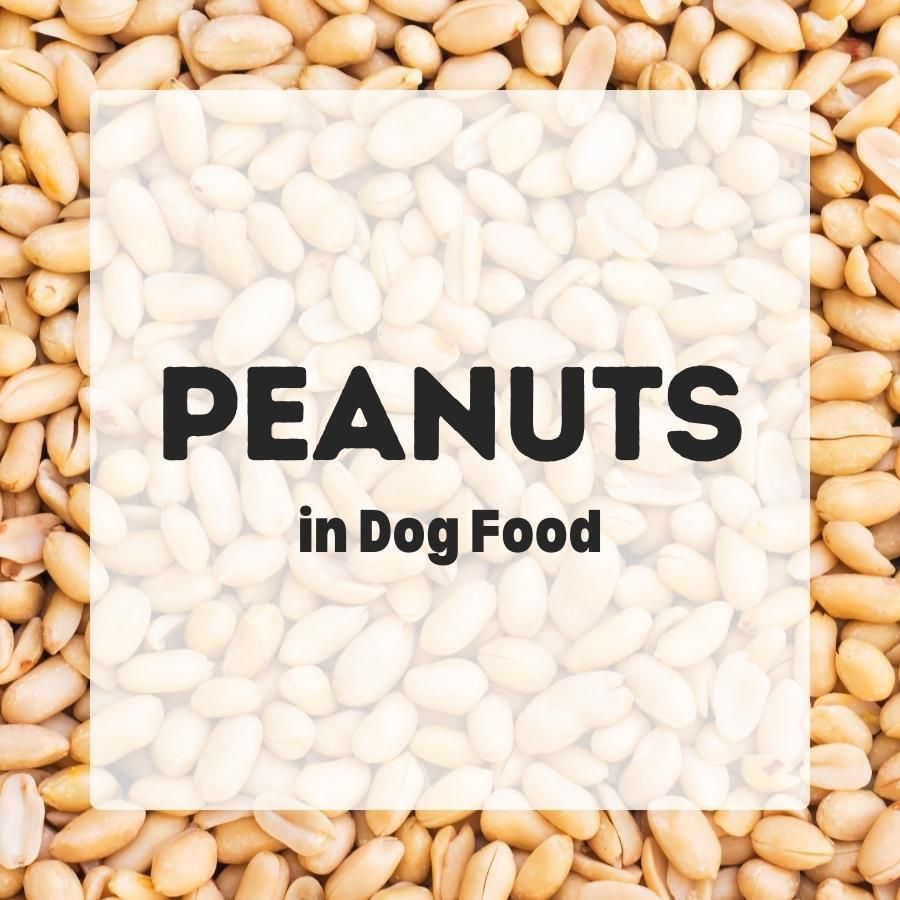
Consumer demand for grain-free dog food and global protein shortages are probably the main factors that made these other legumes popular with dog food manufacturers.
That’s because legumes can provide both, alternative carbohydrates and a novel source of protein.
Nutritional Aspects
Legumes are rich in fiber. However, they contain fewer micronutrients than fruits and vegetables and are mainly used for amino acids and starch.
Most legumes are highly digestible for dogs once they’re processed. Their composition also offers prebiotic properties[1,11].
Inclusion of these novel, plant-based, protein sources showed no detrimental effects on nutrient digestibility or fecal characteristics and represent viable protein sources in canine diets that can produce beneficial shifts in fecal metabolites.
Use of Legumes and Yeast as Novel Dietary Protein Sources in Extruded Canine Diets (2021)[1]
Legumes offer a moderate energy density and high-quality plant protein and dogs can properly digest them. Unfortunately, they don’t provide all the amino acids a dog needs in its diet.
Legumes have to be combined with other protein sources to counterbalance their lack of essential amino acids like methionine, cysteine, or tryptophan[4].
Legumes might not be the best choice for dogs that need a diet low in purine or that have kidney problems as they contain moderate to high levels of purine.
Legumes are also explored as functional ingredients.
They provide resistant starch, fermentable fiber, and slowly digestible complex carbohydrates. They may have positive effects on gut health, blood sugar levels, and satiety[5,8,11].
But aside from beneficial aspects, legume inclusion in dog food can also lead to flatulence and poor stool quality[9].

And legumes are also known for their anti-nutritional factors.
Different legumes contain tannins, various digestive enzyme inhibitors, and some phytochemicals like phytic acid or lectins that may interfere with nutrient absorption.
That’s why pulses have to be cooked or otherwise pre-processed to be edible. That’s already done in commercial dog food but is important to consider for homemade diets!
Are Legumes Safe for Dogs?
Overall, legumes in dog food offer a lot of nutritional value.
Manufacturers like them because they are cheap and readily available. And consumers want grain-free diets and sustainable protein sources. And legumes check all the boxes.
But there’s one problem:
In recent years, a possible link has been exposed between diets high in legumes such as peas, lentils, and chickpeas and an increased risk of dilated cardiomyopathy (DCM) in dogs[10].
But the interaction between legumes and DCM is not understood. There might be other factors at play.
Many legumes have a long history as an ingredient in ruminant feeds. And soy has been fed to dogs for a long time. However, pulses are a somewhat new ingredient in dog food.

And there is very limited data on their effects or value in dog nutrition, especially when used in excessive amounts. Some commercial dog diets contain 40% or more legumes[2].
Some compound in legumes could be associated with poor nutrient digestibility, changes in taurine metabolism, or cause other adverse interactions that are difficult to predict[12].
In moderation, some legumes in dog food can be a high-quality substitute for grains and animal protein. But in excess they could be harmful, we just don’t know why…
We don’t want to add to the hysteria over legumes being unsafe for dogs. But still, it doesn’t seem worth the risk to feed a static diet high in legumes when there are so many alternative ingredients.
And we encourage you to consult with a veterinarian if you have further questions about DCM and dietary options for your pet.
Further Reading
[1] Reilly et al. Use of Legumes and Yeast as Novel Dietary Protein Sources in Extruded Canine Diets. Front. Vet. 2021. https://doi.org/10.3389/fvets.2021.667642
[2] Mansilla et al. Special topic: The association between pulse ingredients and canine dilated cardiomyopathy: addressing the knowledge gaps before establishing causation. J Anim Sci. 2019. https://doi.org/10.1093/jas/sky488
[3] Quilliam et al. The effects of 7 days of feeding pulse-based diets on digestibility, glycemic response and taurine levels in domestic dogs. Frontiers in Veterinary Science. 2021. https://doi.org/10.3389/fvets.2021.654223
[4] Reilly et al. Macronutrient composition, true metabolizable energy and amino acid digestibility, and indispensable amino acid scoring of pulse ingredients for use in canine and feline diets. Journal of Animal Science. 2020. https://doi.org/10.1093/jas/skaa149
[5] Megan et al. Pulse Consumption, Satiety, and Weight Management. Advances in Nutrition. 2010. https://doi.org/10.3945/an.110.1006
[6] FAO 2017. Sharasia, Garg, & Bhanderi. Pulses and their by-products as animal feed (PDF)
[7] Traughber et al. Chemical Composition and In Vitro Fermentation Characteristics of Legumes Using Canine Fecal Inoculum. Journal of Animal Science. 2020. https://doi.org/10.1093/jas/skaa278.572
[8] Carciofi et al. Effects of six carbohydrate sources on dog diet digestibility and post-prandial glucose and insulin response. J Anim Physiol Anim Nutr. https://doi.org/10.1111/j.1439-0396.2007.00794.x
[9] Yamka et al. In vivo measurement of flatulence and nutrient digestibility in dogs fed poultry by-product meal, conventional soybean meal, and low-oligosaccharide low-phytate soybean meal. American Journal of Veterinary Research. 2006. https://avmajournals.avma.org/view/journals/ajvr/67/1/ajvr.67.1.88.xml
[10] Smith et al.Investigation of diets associated with dilated cardiomyopathy in dogs using foodomics analysis. Sci Rep. 2021. https://doi.org/10.1038/s41598-021-94464-2
[11] Sandri et al. Substitution of a commercial diet with raw meat complemented with vegetable foods containing chickpeas or peas affects faecal microbiome in healthy dogs. Italian Journal of Animal Science. 2019. https://doi.org/10.1080/1828051X.2019.1645624
[12] McCauley et al. Review of canine dilated cardiomyopathy in the wake of diet-associated concerns. Journal of Animal Science. 2020. https://doi.org/10.1093/jas/skaa155
